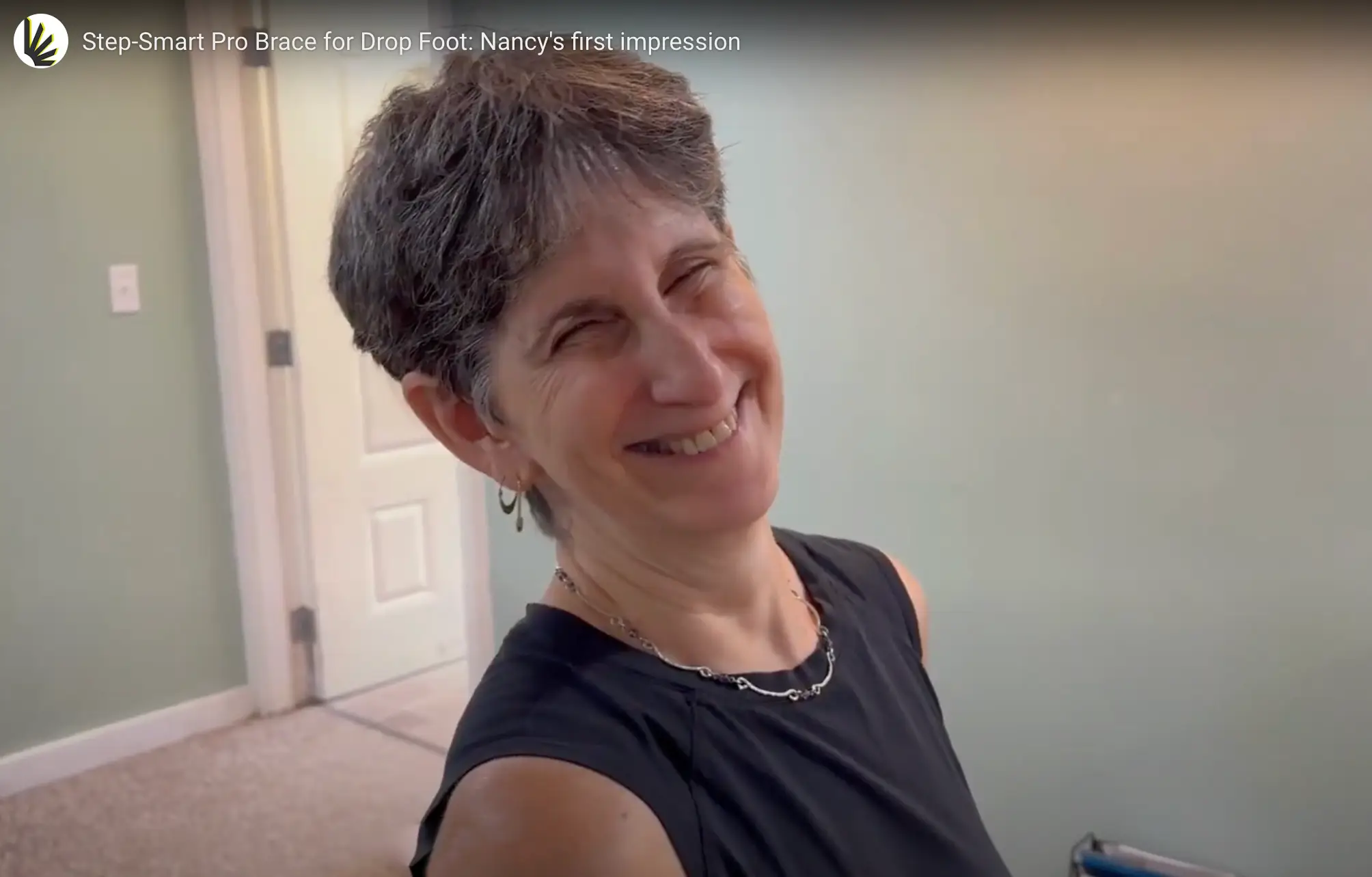
Step Smart Pro Testimonial – Chris with Flail Foot
Hey there, it’s Ian from Insightful. We have Chris here who came from Framingham, MA, and he has flail foot
In this Week’s video blog, we discuss the use of reliefs or windows in Insightful’s ankle bracing techniques. In the case of posterior tibial tendon dysfunction (PTTD), the medial column of the ankle can be collapsed which results in prominent areas of the foot and ankle. While we attempt to make correction to the PTTD, these areas of the foot and ankle need relief. Without relief, the post tib patient will feel pain. In order to provide correction and relief at the same time, we apply pressure to the more tolerant areas of the foot and ankle while avoiding the prominent painful areas.
For more information, go to www.insightful-products.com or AFO-blog.com or call us at 207-885-0414.
Video Transcript:
Hi, Ian here from Insightful Bracing. We’re going to talk about the Blaze MI and how we control medial movement within the foot, in the brace. We do this with a series of windows and shapes of windows, depending on the person’s bony prominences and the pressure-tolerant areas that we’ve found to work well for these patients. Today, we’re going to talk about the medial side of the Blaze MI. MI for medial instability.
What happens with someone with medial instability is that there’s some sort of breakdown in the medial architecture of the foot. So, when the person steps down, everything rotates down like this. Now, the breakdown can be anywhere along this chain: we have the medial malleolus, the head of the talus, the navicular, the cuneiform, and the base of the first metatarsal. Sometimes the breakdown, or usually the breakdown is right about here, and you see a big prominent navicular.
Here’s a case where there’s a lot of rotation and you can see, obviously, the medial malleolus here and this is likely to be the talus head. It looks like we’re going to be doing two windows: one window will have both the medial malleolus and the head of the talus here in a figure-eight style, and the second window will have to handle this. This probably isn’t the base of the first metatarsal; it’s probably the junction between the base of the first metatarsal and the cuneiform right there.
Sometimes, we’ll connect the windows in various shapes. Most of our designs are looking like this and what we’re doing here is we’re hammocking, if you will, the whole medial side by providing relief for the navicular, relief for the medial malleolus, and providing a stress relief mechanism so that there’s some give as a person steps down.
Thanks for tuning into Foot of the Week. We’ll see you next week.

Hey there, it’s Ian from Insightful. We have Chris here who came from Framingham, MA, and he has flail foot

Ian here from Insightful. We’d like to introduce the Step-Smart Pro. The difference between the Step-Smart Pro and the regular

Hi, this is Ian from Insightful. Nancy came from Brooklyn, New York to come and see us today. She came
367 U.S. Route 1, Suite 5-S
Falmouth, ME 04105
(207) 885-0414
faq@insightfulproducts.com

Site by Fisher Green Creative. LLC